Apple’s iOS 26 introduces a game‑changing feature—Recovery Assistant—designed to help users restore their iPhones without the need for a Mac or PC. Here’s everything you need to know.
 Photo Credit: Mac Rumors
Photo Credit: Mac Rumors
🚀 What Is Recovery Assistant?
According to Apple’s release notes, Recovery Assistant is “a new way to recover your device if it doesn’t start up normally.” It automatically boots your iPhone into Recovery mode to detect and fix startup issues
The on‑screen message typically reads:
“This iPhone encountered an issue while starting. … Recovery will look for any problems and attempt to resolve them if found.”
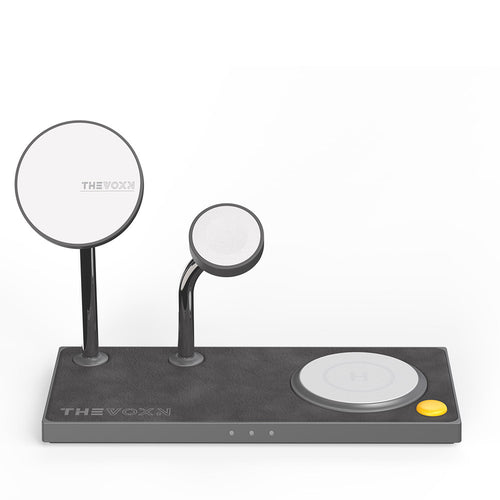
ZEERA x THEVOXN 5-in-1 Dual MagSafe Charger
5-in-1 Dual MagSafe Charger Stand for iPhone & AirPods & Apple Watch
Shop Now
How It Works – No Mac or PC Required
Apple’s Recovery Assistant in iOS 26 is built to help users restore a non-functioning iPhone without ever needing to connect to a Mac or PC. Here's a breakdown of how the entire process works.
1. Automatic Entry into Recovery Assistant Mode
When an iPhone running iOS 26 fails to boot properly—for example, if it crashes during startup or gets stuck on the Apple logo—it automatically triggers Recovery Assistant Mode instead of simply freezing or showing the old "connect to computer" icon.
-
Display Message:
The screen shows a new message:“This iPhone encountered an issue while starting. To aid in diagnosing and resolving it, it has booted into Recovery. Recovery will look for any problems and attempt to resolve them if found.”
-
This replaces the older process where users needed to connect their iPhones to iTunes or Finder manually.
2. Self-Diagnostic Phase
Once in Recovery mode, the iPhone initiates a built-in diagnostic check. It looks for:
-
Corrupt iOS firmware files
-
Boot loops or failed updates
-
Configuration errors preventing proper startup
If the issue is minor (like a misconfigured boot file), the device may be able to resolve it automatically without user input.
3. Wireless Restore via a Nearby iOS Device
If the system cannot auto-repair itself, the Recovery Assistant interface will suggest using another iPhone or iPad running iOS 26 (or later) to restore the system wirelessly. Here's how this works:
-
The user taps a button (three-dot menu in the top right) and selects “Restore with Another Device.”
-
The assisting device (iPhone or iPad) must be:
-
Within Bluetooth range (10 meters)
-
Running iOS 26 or later
-
Connected to the internet via Wi-Fi or cellular
-
-
The two devices pair using a six-digit code, displayed on both screens for confirmation (similar to AirDrop pairing).
Once paired:
-
The assisting iOS device downloads the latest compatible firmware from Apple’s servers.
-
It then sends the firmware over a secure, encrypted local connection (likely via Wi-Fi Direct or Bluetooth Low Energy) to the iPhone that needs recovery.
-
This process is entirely wireless, meaning:
-
No Lightning or USB-C cable is needed.
-
No computer is involved at any point.
-
4. Standalone Recovery (Still in Beta Watch)
AppleInsider notes Apple has expanded Recovery Assistant to allow fully standalone repairs—no device required—mirroring macOS Internet Recovery
📱 Device Compatibility & Availability
-
Supported Models
Compatible with all iPhones that can run iOS 26—from iPhone 12 and newer through iPhone 16 and SE (2nd generation) -
Assisting Devices
Any iPhone or iPad on iOS 26 or later can be used to assist in wirelessly restoring an iPhone in Recovery mode -
General Availability Timing
The feature appeared in iOS 26 Developer Beta 2 (released June 2025) and is expected in the fall public release—likely September 2025
Conclusion
iOS 26’s Recovery Assistant is a major leap forward—making iPhone recovery wireless, simplified, and non-reliant on a computer. Whether you're a tech-savvy user or someone who simply wants a hassle-free fix when things go wrong, this utility disrupts traditional workflows and empowers anyone to troubleshoot effectively.

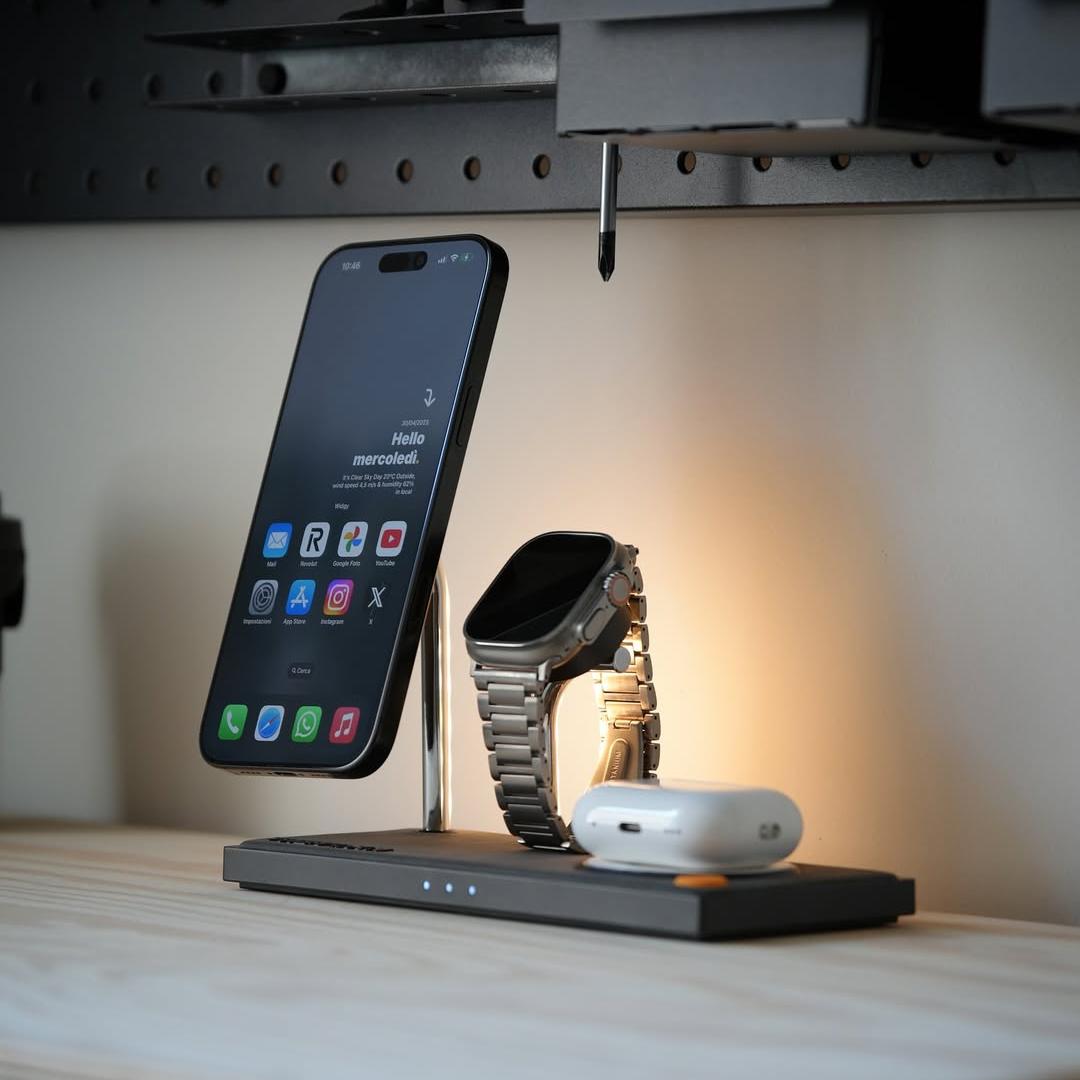
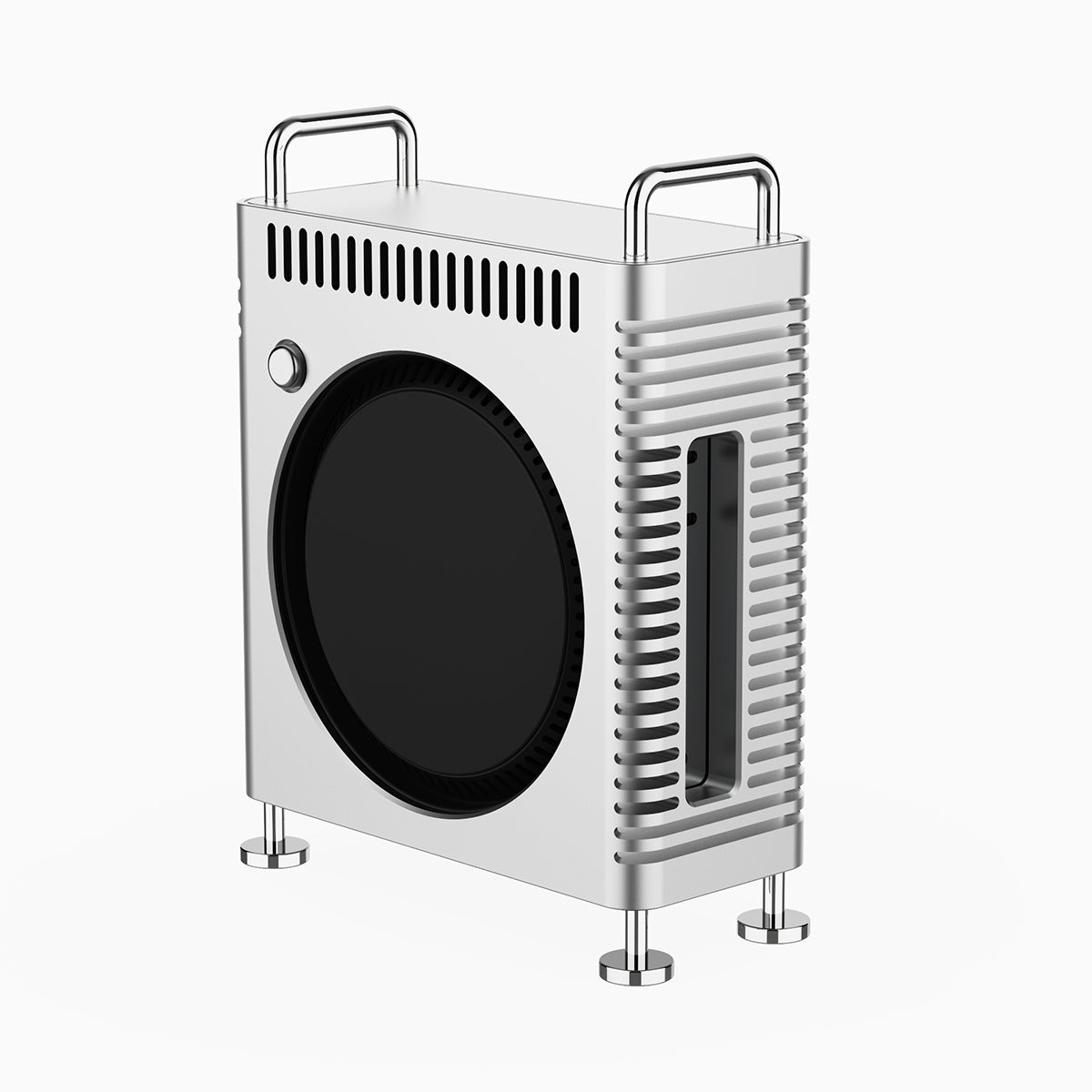
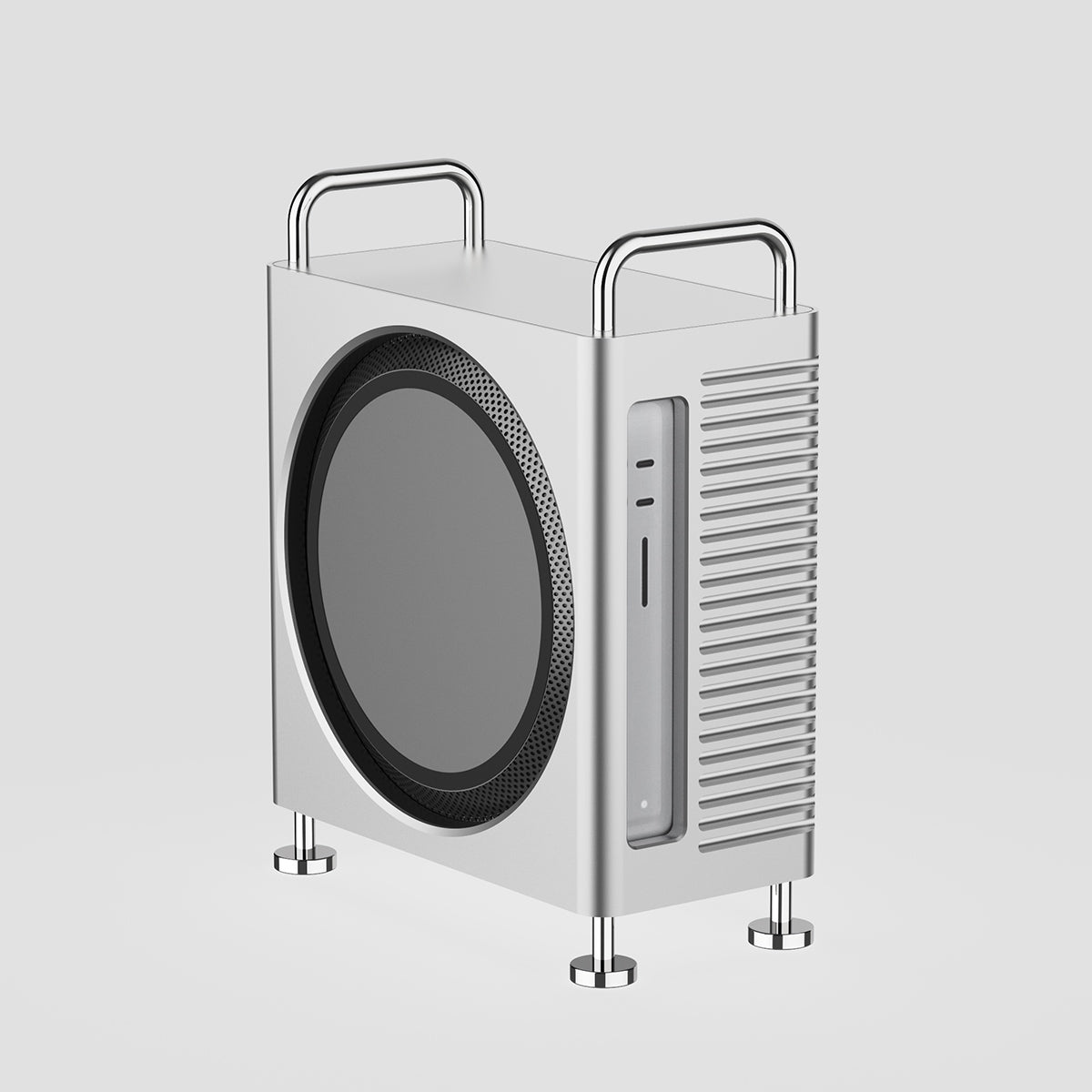
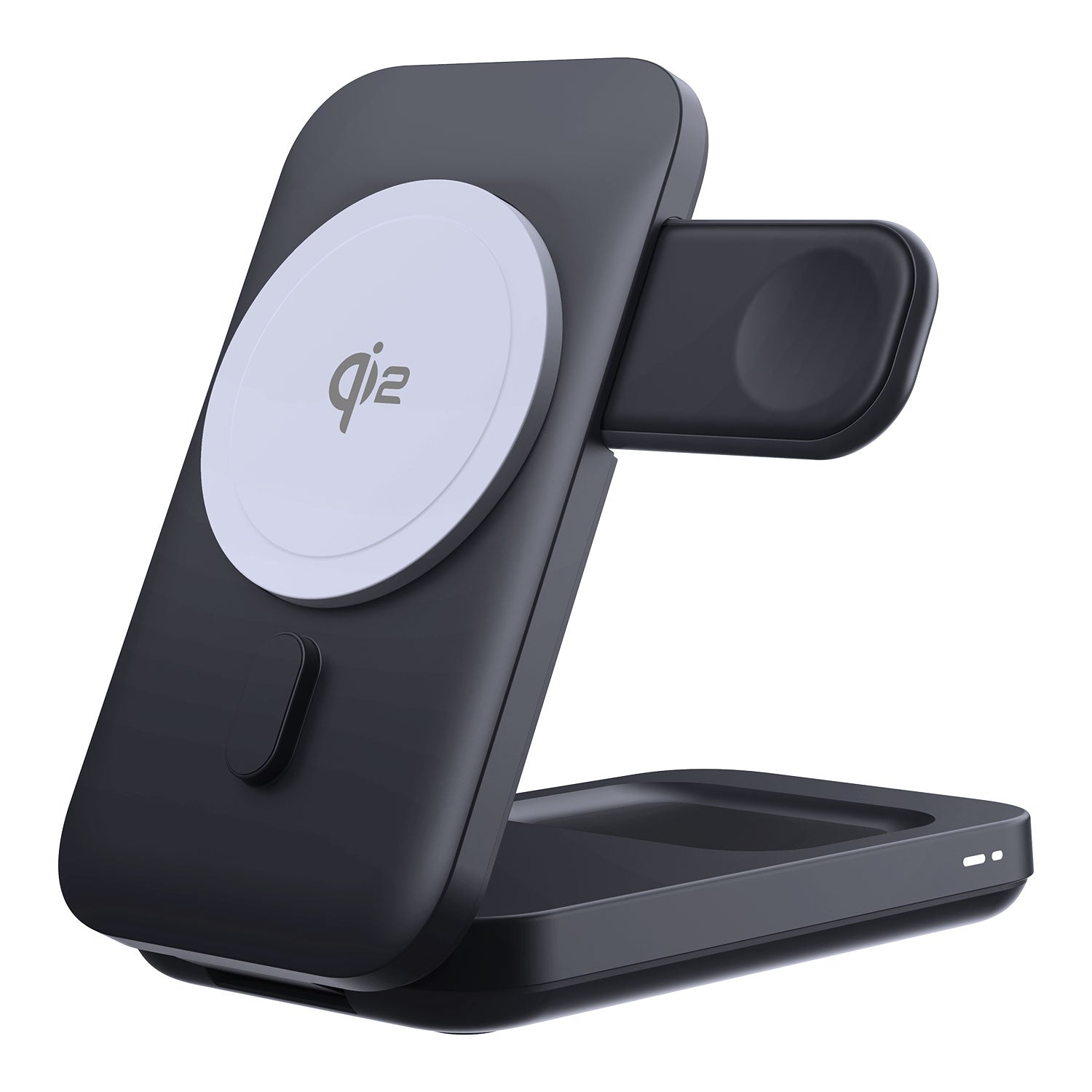
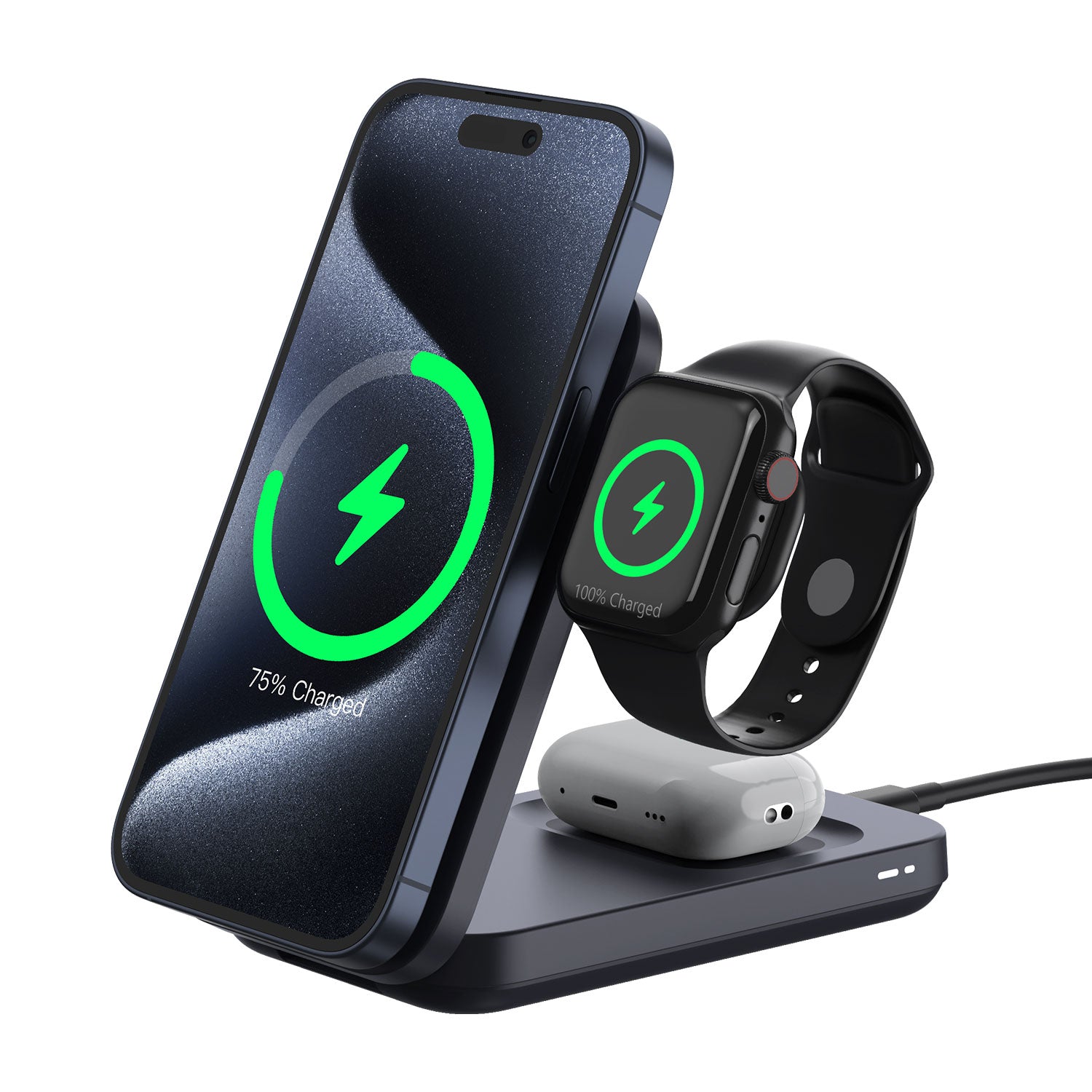
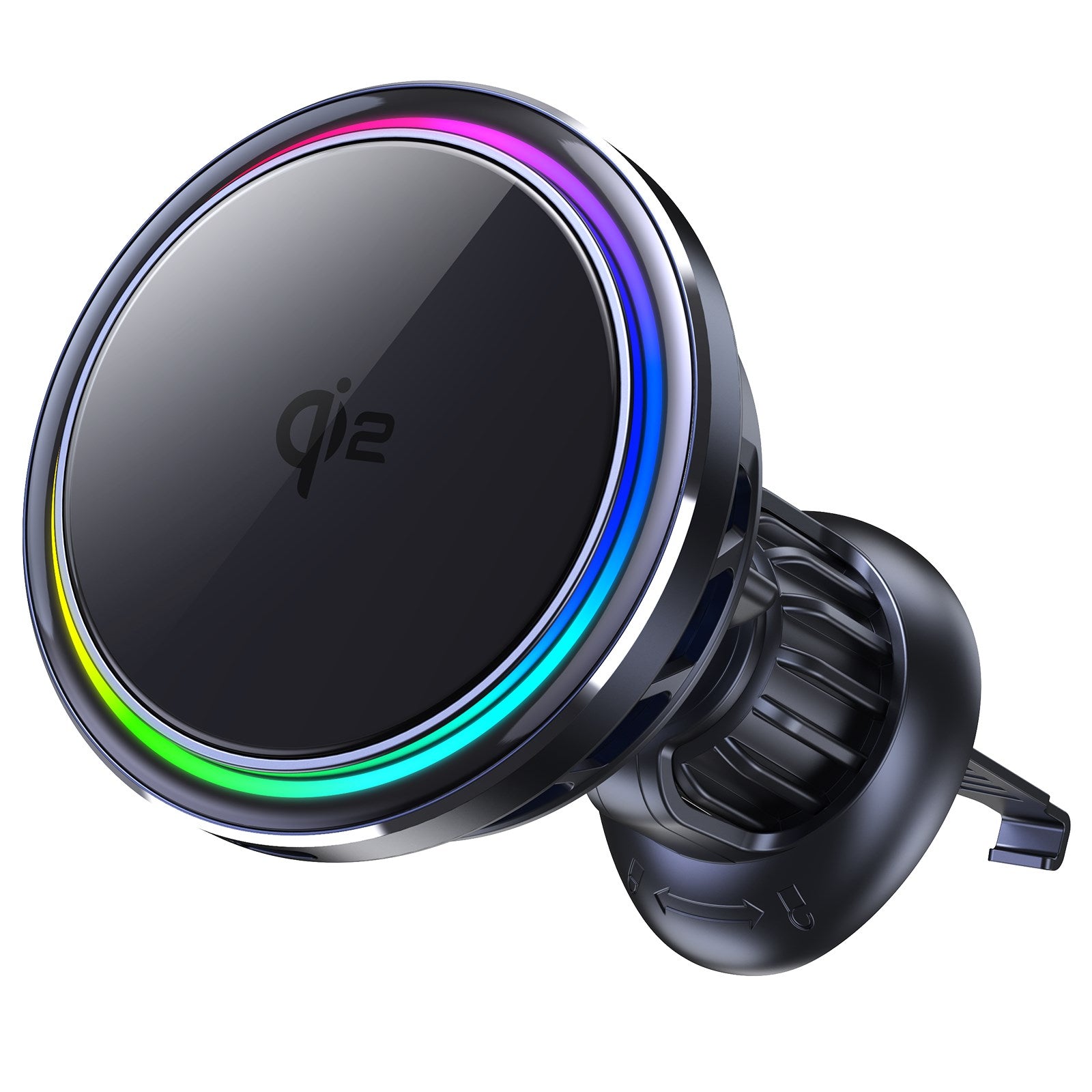
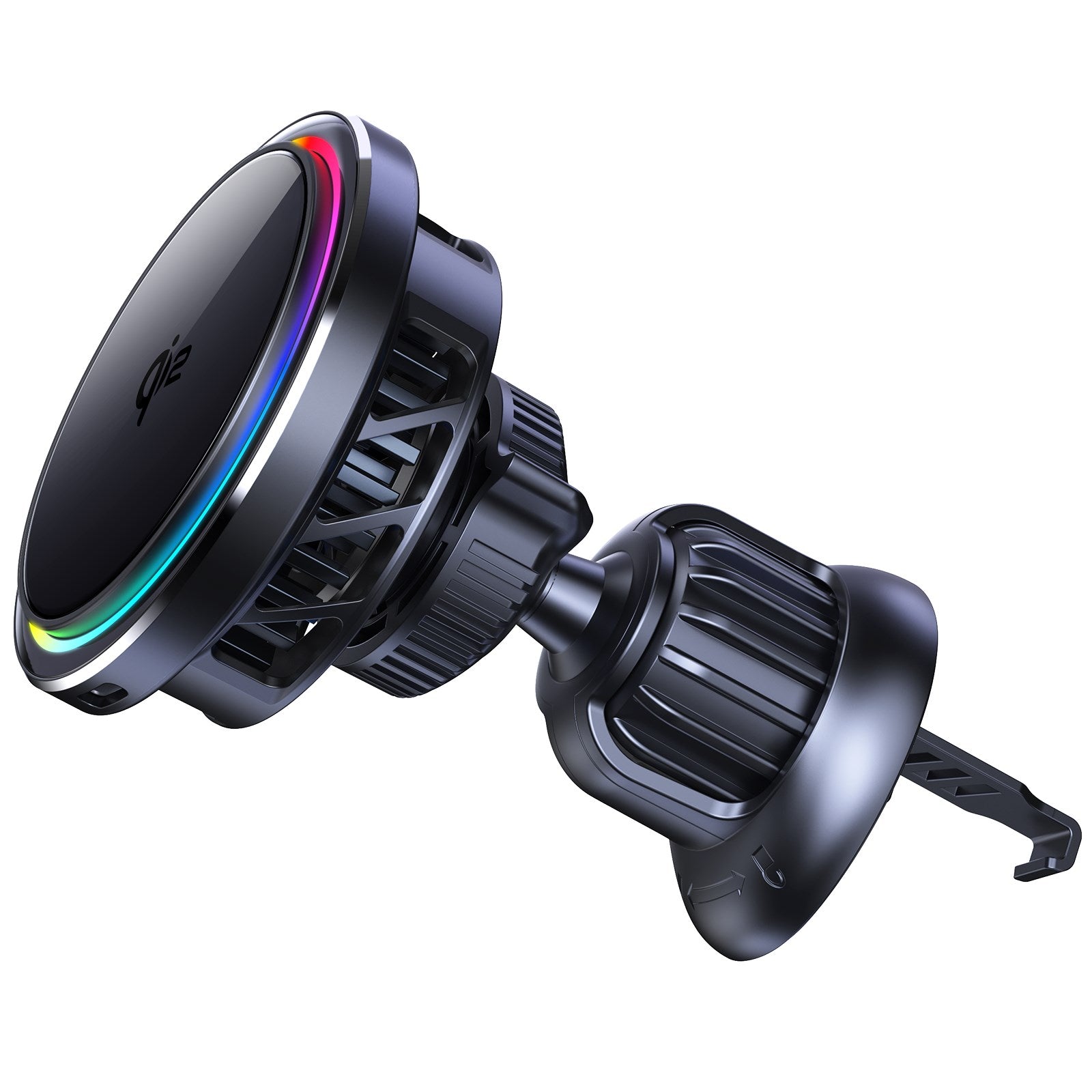
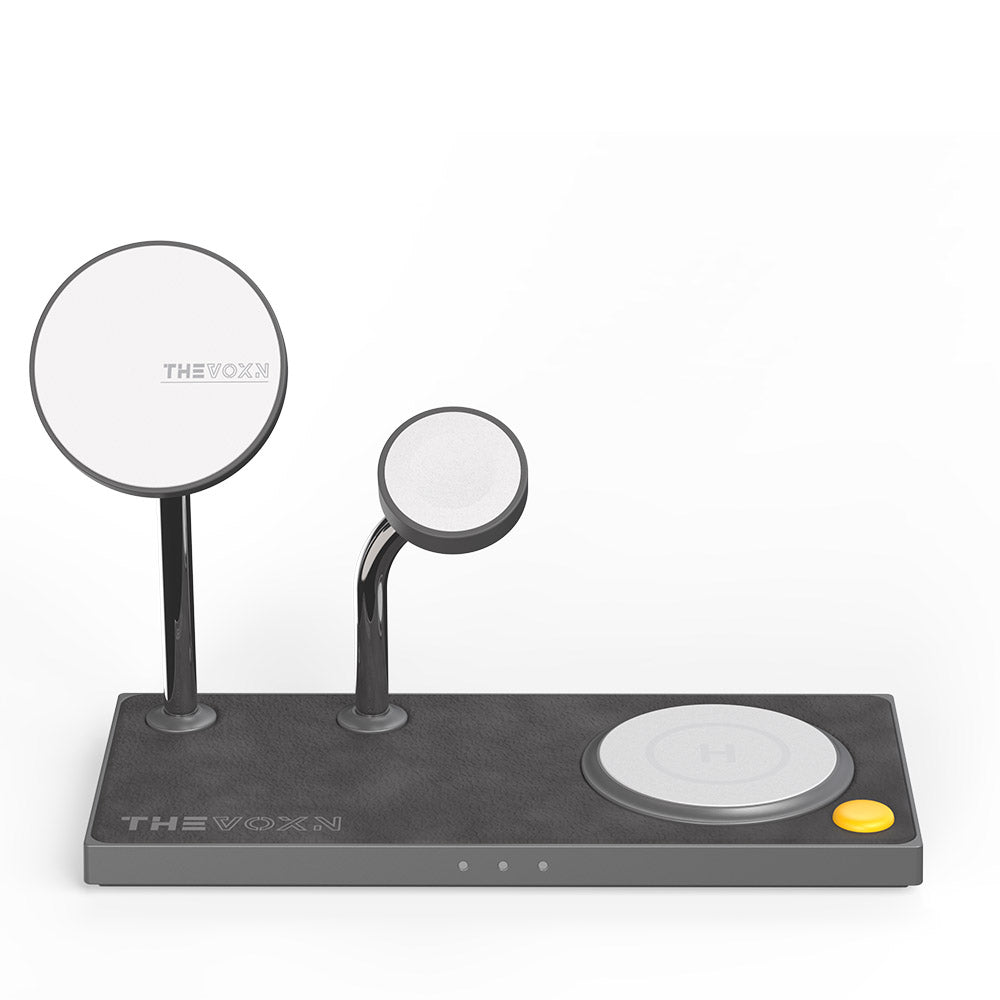
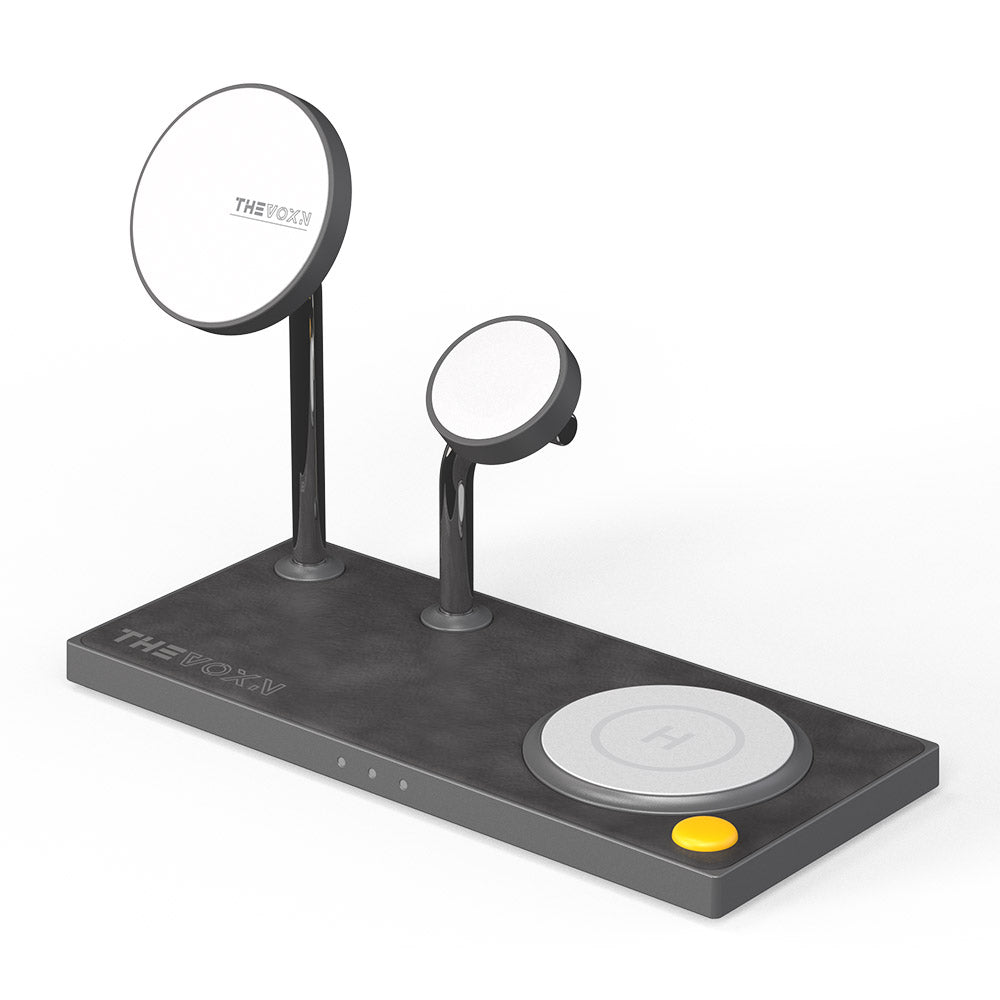
1 comment
Katie
I’m stuck on when asked for me to enter my passcode, I do it but nothing happens. I just can’t progress through the system. Now after work phoneless I have to take a 50 minute drive to my nearest Apple store for them to maybe fix it